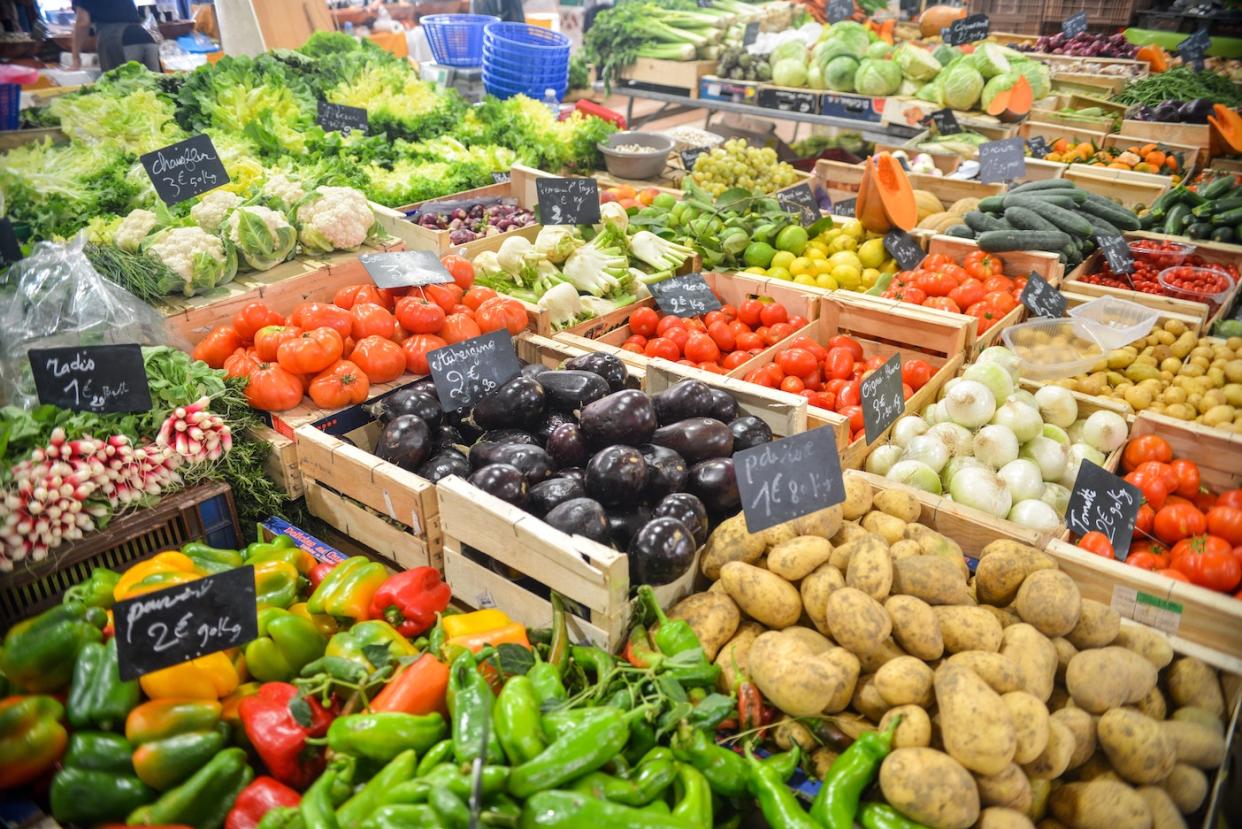Starchy vs non-starchy vegetables: What’s the difference?

Starch is the most common type of carbohydrate and is produced by plants as an energy store. It is found in a variety of foods, including vegetables, and is broken down into glucose during the digestive process.
Besides being a good source of energy, starchy vegetables contain a variety of vitamins and minerals, as well as fibre which keeps your gut healthy. A healthy and balanced diet includes both starchy and non-starchy vegetables.

8 starchy vegetables
Potatoes
Sweet potatoes
Pumpkin
Green Peas
Corn
Butternut squash
Parsnip
Plantain

8 non-starchy vegetables
Cabbage (green cabbage, bok choy, Chinese cabbage)
Spinach and other leafy greens
Carrots
Cauliflower
Cucumber
Eggplant
Onions
Tomato
What’s the difference between starchy and non-starchy vegetables?
Starchy and non-starchy vegetables contain essential nutrients and are good for you. However, because of their higher carbohydrate content, starchy vegetables have more calories than non-starchy vegetables – which means that for the same calories, you can eat a larger quantity of non-starchy vegetables compared to starchy vegetables.
Starchy vegetables also contain less water and rank higher on the glycaemic index (GI), which is based on the rate at which carbohydrates raise your blood glucose levels. Carbohydrates with low GI values are metabolised slowly and cause a gradual rise in blood glucose, while foods with high GI values break down quickly and cause a rapid rise in blood glucose, which can increase your risk of obesity, type 2 diabetes and heart disease.
Given their higher calories and higher GI values, nutritionists advise that you eat starchy vegetables in moderation.

The truth about potatoes
Moderation is particularly advised when consuming potatoes which are a good source of nutrients (e.g. B vitamins, vitamin C, magnesium, potassium [more than bananas] and fibre), but have a high GI value (ranging from about 80 to over 100 depending on the type) and more calories than many non-starchy vegetables (200 kcal for four small potatoes).
The healthiest way to enjoy this nutritious starchy vegetable, which is a staple food in many countries, is boiled, baked, roasted, steamed, or stir-fried with a sprinkling of oil, with low salt and without fatty accompaniments such as sour cream, cheese, and butter. For added benefit, have potatoes with their fibre-rich skins.
French fries, chips, hash browns and other food items that require deep-frying potatoes are an unhealthy choice and should be avoided.
Can diabetics eat potatoes?
Yes they can, in small quantities and prepared in healthy ways, as advised by their doctor.
Related stories:


